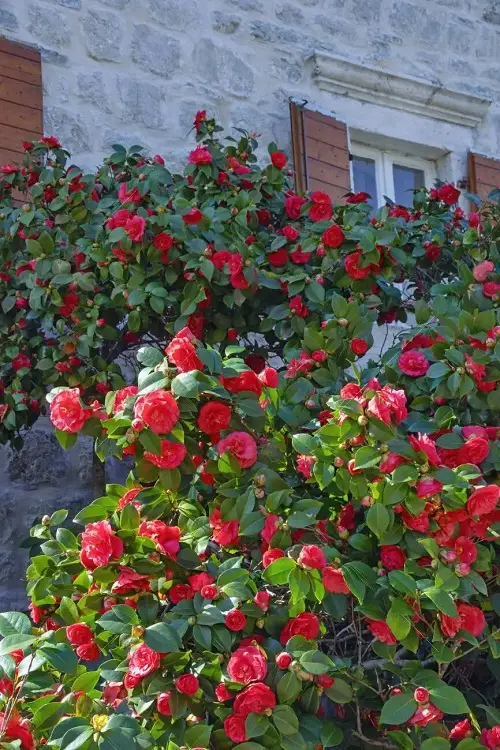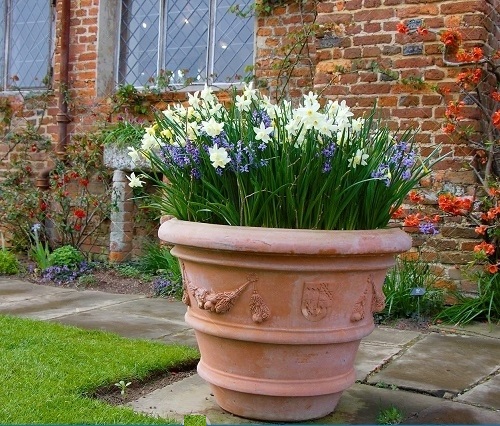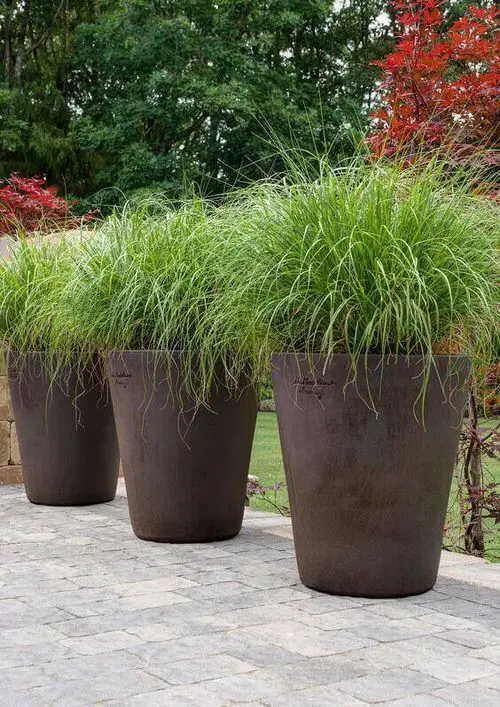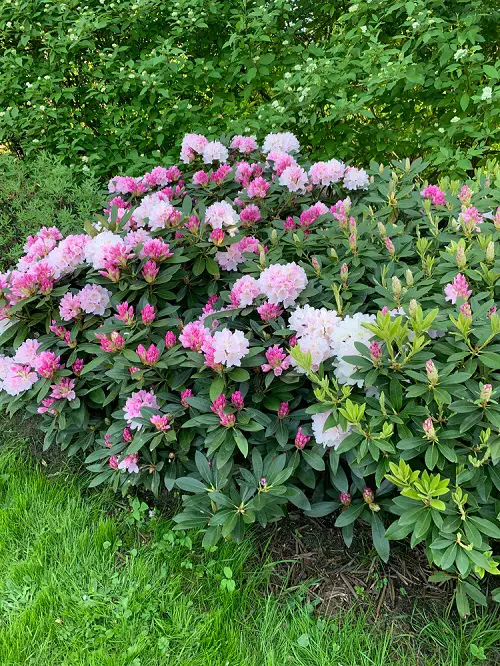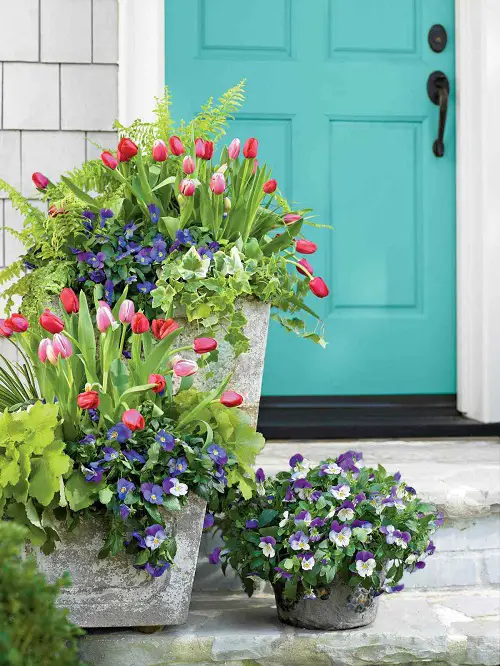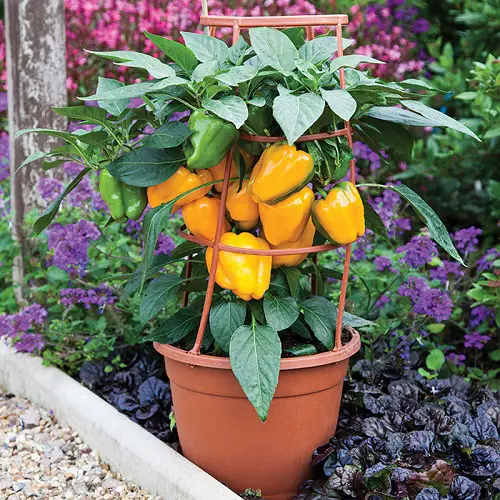You must know about the Planting Zones of Missouri to understand the plants that will thrive here. Lucky for you, we’ve got all the info!
Missouri is situated right in the heart of the US and falls between Zones 5 and 7. But it’s actually a bit more complex than that, let us show you how.
What Exactly are Planting Zones
Planting zones, or more specifically, USDA planting zones are the characterizations of areas in the United States based on the average annual minimum temperatures they experience.
For Missouri gardeners, or any gardeners for that matter, knowing these zones is like having a map of the plants that will thrive in their home and garden. How so? You can easily check if a plant falls into your city’s zone and if it does, you’ll have no problem growing it. Simple, right?
So, What Planting Zone is Missouri
Missouri has a varied topography that stretches from the Ozarks to the beautiful plains so you’ll see a lot of microclimates here. And of course, different microclimates = different USDA hardiness zones. Here’s a breakdown of the different zones in Missouri.
- Zone 5a: All the Northern parts of Missouri (like Kansas City) fall into this zone. The winter temperatures easily reach -15°F to -20°F.
- Zone 5b: St. Louis and its adjoining areas make up zone 5b in Missouri. There are slightly warmer temperatures here but the winters are between -10°F and -15°F.
- Zone 6a: Missouri’s central areas like Springfield fall into this zone. It has a longer growing season with average winter temperatures of -5°F to -10°F.
- Zone 6b: This zone covers Jefferson City and the areas around it. The winters are between 0°F and -5°F so you can take advantage of the temperate climate.
- Zone 7a: Zone 7a covers the Southern parts of Missouri, like Cape Girardeau. Winter lows average 0°F to 5°F so there are a ton of plants you can choose to grow here.
- Zone 7b: Missouri’s Southeastern parts stay warm even during the winter, averaging 5°F to 10°F. You can grow subtropical plants here.
For more information, you can also have a look at the article by Missouri Botanical Garden, here.
Factors Influencing Missouri’s Planting Zones
Missouri has a diverse climate and multiple USDA zones because of its elevation, the fact that it has many lakes, and its central position on the USA’s map.
People living here experience both continental and subtropical climates which makes gardening a fun activity – because there are a ton of choices to choose from.
Best Plants to Grow in Missouri
Here are the plants you can easily grow in Missouri’s planting zones.
1. Zone 5a
You should go for cold-hardy varieties like peonies, Siberian irises, and snowdrops. They will easily withstand the harsh winters.
2. Zone 5b
If you live in zone 5b of Missouri, grow tulips, daffodils, and hyacinths for their early spring charm.
3. Zone 6a
Hostas, astilbes, and hydrangeas thrive in milder temperatures and will enjoy the longer growing season of this zone.
4. Zone 6b
For the 6b zone, there’s nothing better than ornamental grasses, daylilies, and phlox.
5. Zone 7a
You can grow many beautiful flowers in 7a zones– crepe myrtles, camellias, and magnolias are good choices.
6. Zone 7b
This one is the subtropical zone so you’ll have much luck growing citrus trees, palms, and hibiscus that need warmer temperatures.
Ideal Trees & Shrubs for Missouri’s Planting Zones
You can grow more than just these handful of plants in Missouri’s planting zones. Here are a few more options.
1. Trees
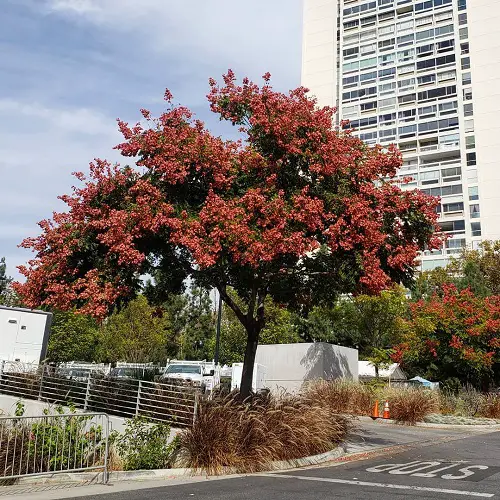
- Zone 5a: Red maple, white pine, and Chinese flame.
- Zone 5b: Redbud, dogwood, and sugar maple.
- Zone 6a: Oak, maple, and hickory.
- Zone 6b: Cypress, sweetgum, and cedar.
- Zone 7a: Magnolia, southern live oak, and sweetbay magnolia.
- Zone 7b: Palm, citrus, and crepe myrtle.
2. Shrubs
- Zone 5a: Forsythia, viburnum, and spirea.
- Zone 5b: Lilac, potentilla, and hydrangea.
- Zone 6a: Azalea, boxwood, and weigela.
- Zone 6b: Butterfly Bush, ninebark, and Rose of Sharon.
- Zone 7a: Camellia, abelia, and gardenia.
- Zone 7b: Hibiscus, oleander, and tropical hibiscus.
3. Perennial Flowers
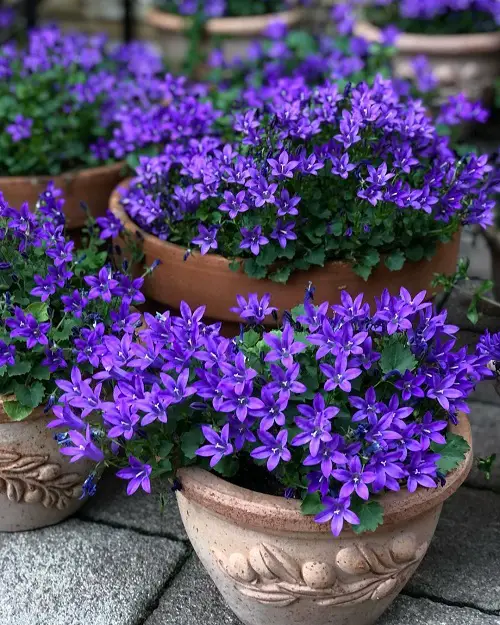
- Zone 5a: Coneflower, Russian sage, and hosta.
- Zone 5b: Daylily, iris, and coreopsis.
- Zone 6a: Astilbe, phlox, and rudbeckia.
- Zone 6b: Sedum, black-eyed Susan, and bee balm.
- Zone 7a: Salvia, yarrow, and gaillardia.
- Zone 7b: Lantana, agapanthus, and Canna Lily.
4. Annual Flowers
- Zone 5a: Pansy, snapdragon, and viola.
- Zone 5b: Petunia, marigold, and zinnia.
- Zone 6a: Begonia, impatiens, and celosia.
- Zone 6b: Cosmos, sunflowers, and portulacas.
- Zone 7a: Geranium, lobelia, and salvia.
- Zone 7b: Verbena, gazania, and pentas.
Vegetables to Grow in Missouri’s Planting Zones
1. Zone 5a
You can grow early-season crops like radishes, peas, and lettuce.
Tip: You should use row covers or cloths to protect tender plants from late frosts.
2. Zone 5b
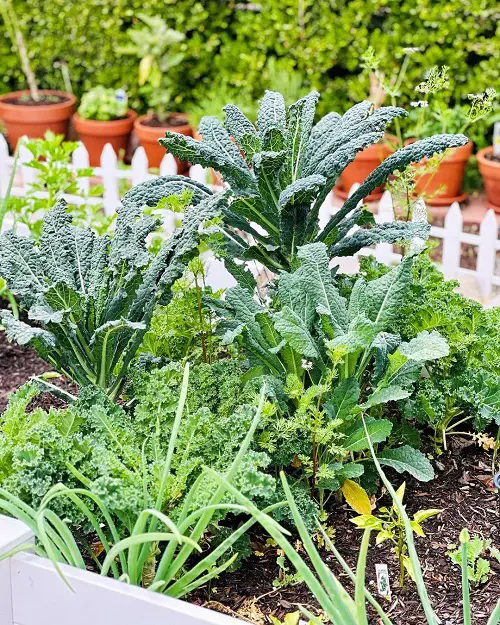
This zone is best for cold-tolerant greens like spinach, kale, and Swiss chard.
Growing tip: You’ll have the best luck with raised beds as they have proper soil warmth and drainage.
3. Zone 6a
Warm-season favorites like tomatoes, peppers, and cucumbers are perfect for Zone 6a’s long growing season.
Growing tip: Don’t skip mulch, it will help regulate the soil’s temperature and moisture.
4. Zone 6b
This zone is for planting beans, corn, and squash, you know, the heat-loving vegetables.
Growing tip: Do provide proper spacing between plants so there’s airflow.
5. Zone 7a
Tomatoes, peppers, okra, and other warm-season vegetables are perfect for Zone 7a in Missouri.
Growing tip: Make sure that you water these vegetables properly because they need consistent moisture.
6. Zone 7b
For the subtropical climate of Zone 7b, peppers, sweet potatoes, and melons are perfect.
Growing Tip: You’ll need to provide shade to these so they don’t get stressed under the intense summer heat.


